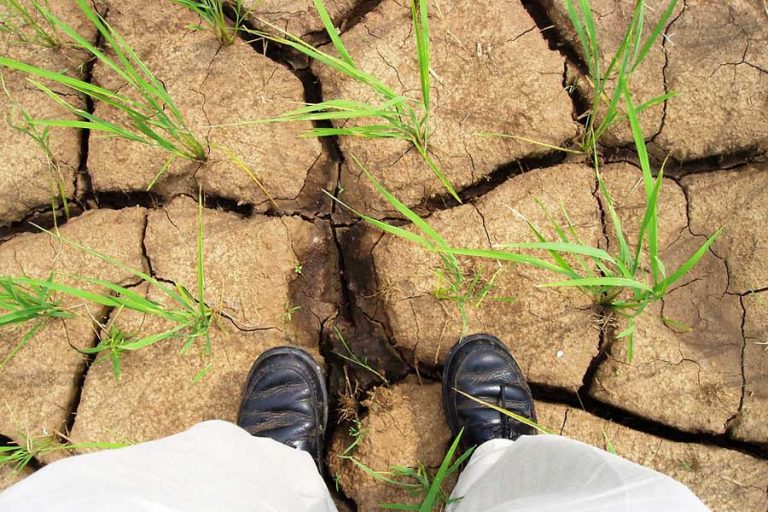Selecting Data for a CHNA: Five Best Practices
Community Health Needs Assessments (CHNAs) have evolved in many ways over the last ten years. We’re excited to share 5 best practices we’ve learned for selecting CHNA data.

Community Health Needs Assessments (CHNAs) have evolved in many ways over the last ten years. We’re excited to share 5 best practices we’ve learned for selecting CHNA data.

On August 12, the U.S. Census Bureau released the most comprehensive set of data yet from the 2020 census. Demographic data was released at the “census block” level, which is the smallest unit of geography the census defines for public use (see below resource for more information) .

As we witness COVID-19 variants sweep through the country, we recognize that data for decision-making is more important now than ever. Learn more about what’s happening in your world with data around COVID-19 Vulnerability, Vaccinations, and Hospitalizations.

What are the riskiest disasters that communities should be prepared for and where should resources be allocated? The Federal Emergency Management Agency (FEMA) released a new index – the National Risk Index – to help communities mitigate disasters with more specificity.

One of our frequently updated datasets, Drought Intensity from the U.S. Drought Monitor, is unfortunately coming into greater use as drought conditions intensify across the United States. Learn more about the dataset and it’s uses.

Research, and personal experience for many, has shown the positive relationship between time outdoors and our physical and mental health. Learn how to use the Map Room to access environmental data and make the case for parks in your community.